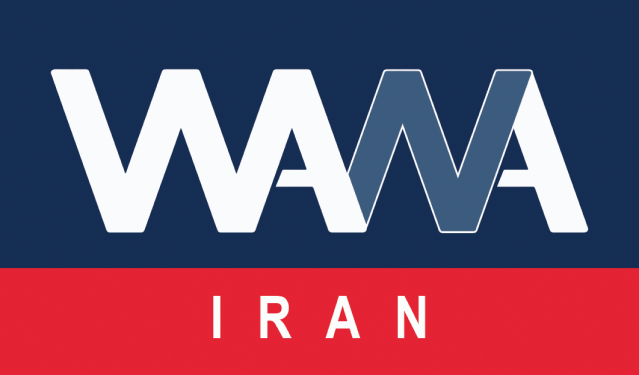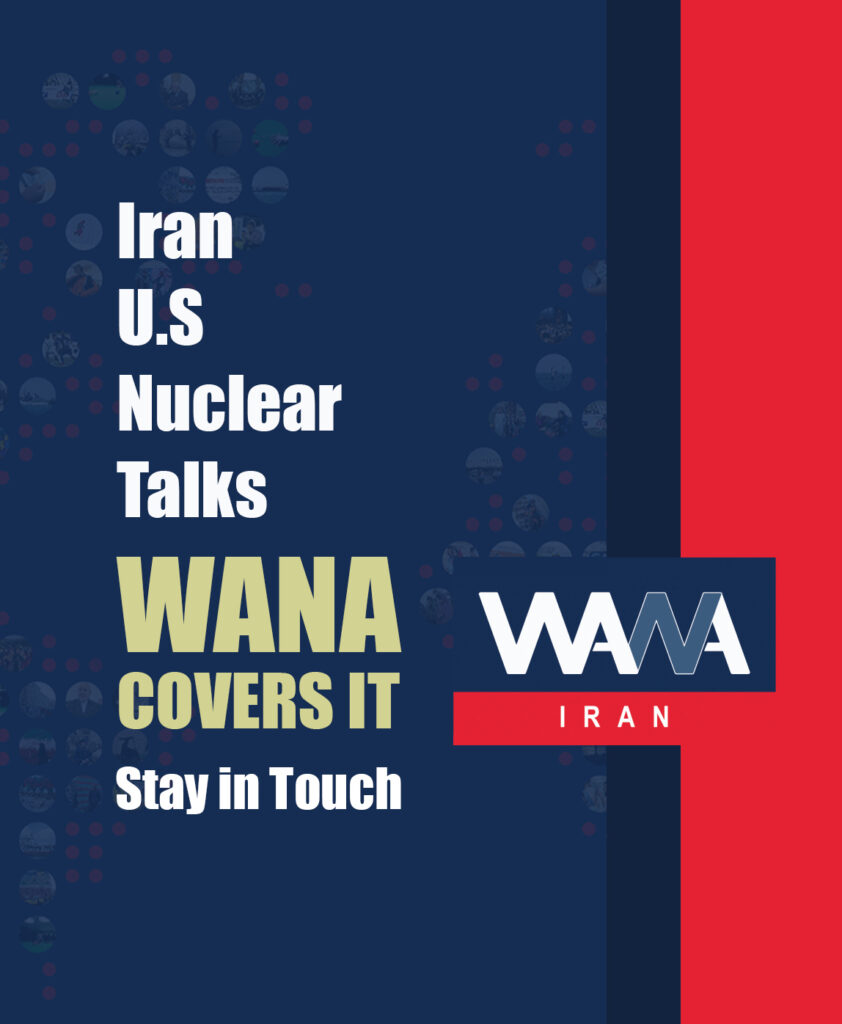How Long Will Trump’s Softer Tone Toward Iran Last?
WANA (Apr 08) – The joint press conference between U.S. President Donald Trump and Israeli Prime Minister Benjamin Netanyahu at the White House regarding the Middle East included two notable and thought-provoking points.
On one hand, Trump stated that direct talks with Iran—“at high levels”—have begun, and he mentioned an important meeting scheduled for this coming Saturday. On the other hand, he expressed a desire for the war in Gaza to end soon.
For now, we must wait for Tehran’s response to Trump’s remarks, as Iran has consistently opposed any form of direct negotiations with the U.S. administration. What’s interesting is that while Trump talked about the start of direct talks, Iran’s foreign ministry reiterated just yesterday and today that even indirect talks have yet to begin.
So, is Trump interpreting the exchange of messages via channels like Oman as a form of direct negotiation? Or are such talks, contrary to official Iranian statements, actually underway—or about to start?

Latest News on Iran’s Talks with JCPOA Members and the US
WANA (Apr 08) – Today and in the coming days, Iran will continue its discussions with key parties involved in the nuclear negotiations. This includes the resumption of indirect talks between Iran and the United States. According to Iranian and Russian officials, a trilateral expert-level meeting between Iran, China, and Russia will be held […]
Overall, Trump’s rhetoric toward Iran and the Middle East during this appearance was diplomatic and political, lacking the constant threats of recent weeks. In this sense, “carrots” replaced “sticks,” though he did warn that Iran would be in “great danger” if no agreement is reached.
This diplomatic language is particularly noteworthy because it was used in a press conference with Netanyahu—an event some expected to feature a peak in hostile rhetoric given the “hurried” nature of the visit. It’s another reflection of Donald Trump’s unpredictability.
Netanyahu opened his remarks with flattery toward Trump, praising his global trade wars. But in return, he heard some uncomfortable things: Trump’s repeated emphasis on direct talks and a deal with Tehran, as well as his call to stop the war in Gaza.
Netanyahu opposes any diplomacy with Iran and seems more interested in buying time to prolong the Gaza war. Even in Syria, where he appeared to want Trump to adopt a harder stance against Turkey, the U.S. president instead spoke of his friendship with Erdoğan.
“We believe in negotiations. If we are spoken to with the language of respect, we will negotiate. Our #negotiations with the #UnitedStates will be indirect and take place in #Oman.”
— Iran’s government spokesperson, Mohajerani#Iran pic.twitter.com/NauelNp98i— WANA News Agency (@WANAIran) April 8, 2025
Interestingly, Trump also reiterated—though more mildly than before—the idea of relocating Gaza’s population. This could be interpreted as an attempt to appease his Israeli guest, especially in light of his comments about Iran and Gaza.
Trump came across somewhat differently during this press conference with Netanyahu, making statements that didn’t necessarily please his guest. According to Israeli sources, the visit was unplanned and unexpected. Apparently, some urgent and “hidden” factors prompted Trump to invite Netanyahu for a hasty White House meeting.
One possible explanation is that Trump is preparing for a trip to Saudi Arabia, which he sees as a key opportunity to advance his Middle East policy, especially given the deadlocks in his administration’s foreign agenda—from Gaza and Iran to the Ukraine war. At the heart of this policy are regional deals and reviving the Abraham Accords.

For this trip to succeed, it’s essential to create at least the appearance of regional calm. That means a ceasefire in Gaza, a halt to Houthi attacks, and a pause in U.S. strikes on Yemen—all paving the way for diplomacy to temporarily replace conflict.
Against this backdrop, Trump may be trying to ease tensions with Iran and signal a willingness to strike a deal—an effort to step back from the brinkmanship of recent weeks. As previously stated, the truth is Trump doesn’t want war with Iran; his recent threats appear to be part of a negotiating strategy, a form of brinkmanship.
Now the question is: What is the nature of these direct negotiations Trump mentioned? What meeting is scheduled for this Saturday that he called “important”? And how will Iran respond to the U.S. President’s remarks—denial or silence?
Despite all of this, it remains unclear whether Trump’s relatively diplomatic tone is part of a temporary tactic or a longer-term shift. Will this “carrot” approach continue—or will the “stick” return?
Who Are the Senior Iranian and #US #Negotiators in #Oman?
According to obtained information, indirect #negotiations between #Iran and the United States will begin on Saturday in Oman.
Seyed Abbas Araghchi, Iran’s Foreign Minister, and Steve Whitkoff, the U.S. Special Envoy for… pic.twitter.com/uJ9iNJEKiG
— WANA News Agency (@WANAIran) April 8, 2025












